5 min read
Injecting some heat into wet room projects
With so many brands of underfloor heating out there and different methods of heating like wet vs electric underfloor heating, it can be difficult to...
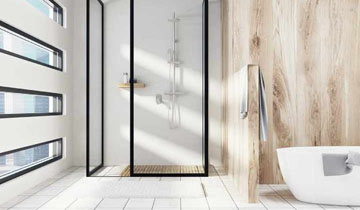
In the months of winter, dancing across ice cold tiles in your bathroom is not uncommon. Let’s be honest, bathrooms quickly become one of the coldest rooms in the house. Actually, did you know that the way bathrooms are traditionally heated is broken?
Generally heated towel rails or bars are used to heat a bathroom. This is perfect for warming up a towel but not to warm the rest of the bathroom. The convected heat from a towel rail or towel bar is easily pulled up through the bathroom’s extraction fan before it can effectively warm room. However, there is a more efficient way to heat a bathroom…underfloor heating
There are two main forms of underfloor heating; electric and water. Water based systems are more commonly found in new build projects rather than retro fitted.
However, electric underfloor heating, is the easiest and most efficient way to heat a room and with any floor finish in your home.
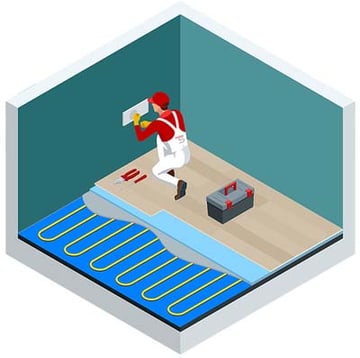
The simple answer is absolutely yes! For wet rooms we would always recommend an earthed IP68 rated system which gives you the flexibility and safety you need.
Electric underfloor heating is easily integrated into the build of a wet room and it does not compromise the tanking process. Once the wet room’s drainage elements have been installed, the electric underfloor heating mats, such as ThermoSphere Membrane can be laid either on direct on the sub floor or insulation board prior to the installation of the adhesive and floor tiles.
Using self-adhesive membrane means that there is no need to stick it down with tile adhesive. The tanking process will ensure the wet room remains watertight for the life of the tiles with the added benefit of ThermoSphere membrane being totally waterproof too.
If you want to ramp it up a level, ThermoSphere Membrane can even be installed behind the shower wall tiles to provide the most luxurious of shower experiences.
If you are thinking about installing electric underfloor heating in a wet room, our recommendation would be that you don’t exceed 150 watts (30°c per square metre). You must also install your electric underfloor heating system at least 300mm away from the wet room drain so that the drainage trap doesn’t dry out.
Efficiency is one of the major benefits of electric underfloor heating.
Homeowners do not need to worry about leaving their electric underfloor heating system on for prolonged periods of time to ensure the right level of warmth is reached. It is brilliantly responsive and heats up quickly with the added benefit of being simple to control with an underfloor heating thermostat.
There is a myth that electric underfloor heating is expensive, in fact, electric underfloor heating systems are easier and cheaper to install compared to gas central heating. It only costs 14p to heat a 2.5m2 bathroom in London for 3 hours a day with electric underfloor heating. It costs 2.5p every time you boil a kettle and the average household boils the kettle over six times a day. Use our running cost calculator to get an estimation of your electric underfloor heating running costs.
Simple this one, well… who actually enjoys walking on cold tiles??
The heat emitted from electric underfloor heating systems is done so gradually and consistently. There are no cold spots and the surface is always a perfect temperature to walk on.
Your bathroom underfloor heating couldn’t be easier to control! Just combine with a thermostat for rapid heating at the touch of a button.
There are no moving parts which means that an electric underfloor heating system rarely breaks down. There are no water-filled pipes so there is less risk of property damage from burst pipework.
We would recommend a regular annual service especially before turning it on ready for winter. Don‘t forget that every ThermoSphere electric underfloor heating system comes with a lifetime warranty!
Electric underfloor heating does not impact the layout or design of a wet room and there is no need to install a radiator.
An electric underfloor heating system efficiently dries a wet room floor which means that there is less risk of an unfortunate slip.
Similar to wet rooms, did you know that underfloor heating adds value to your property and attracts more buyers?

The most recent Underfloor Heating Market Report highlights that the electric underfloor heating market is on the up, both domestically and commercially.
Just over two-thirds of the underfloor heating market sits in the domestic sector which includes retrofit and new builds which is driven by consumer design trends. However, more and more opportunities are rising in care homes,
industrial, warehousing, leisure, and commercial office space.
Combining electric underfloor heating and wet rooms certainly provides a more stylish and practical approach to space that isn’t going away any time soon
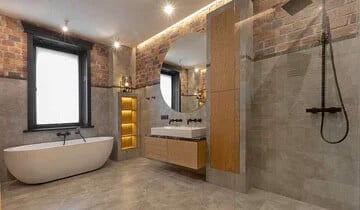
5 min read
With so many brands of underfloor heating out there and different methods of heating like wet vs electric underfloor heating, it can be difficult to...
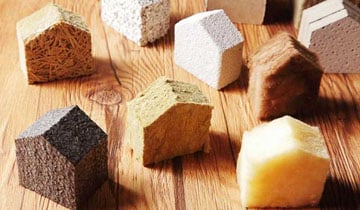
5 min read
I recently asked our wonderful Customer Experience team what were the typical questions asked byhomeownerswhen they called us. Unsurprisingly, one...
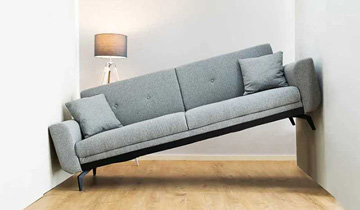
6 min read
Probably if you’ve ended up at this blog, you’ve already decided to use electric underfloor heating in your project.